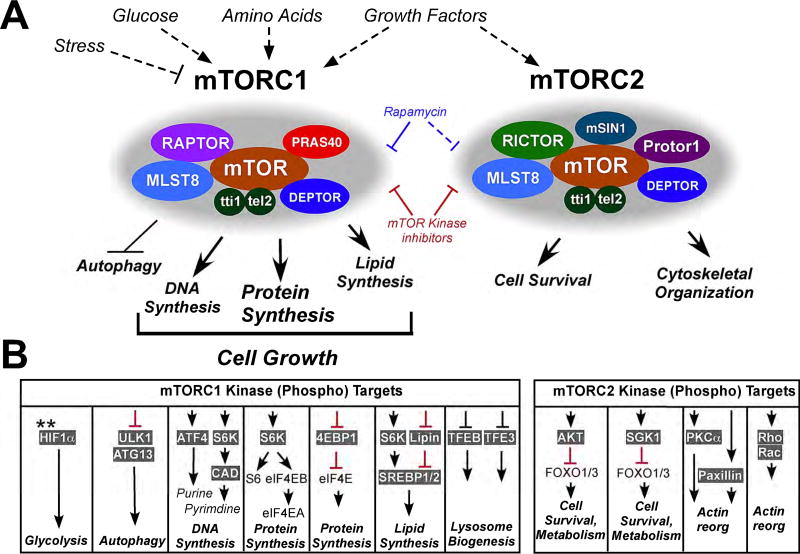Figure 1. mTORC1 and mTORC2 complexes and downstream signaling pathways.
(A) The mTOR protein forms two unique complexes called mTORC1 and mTORC2. mTORC1 is activated by growth factors, amino acids, sufficient energy and oxygen, whereas mTORC2 is primarily responsive to growth factors. mTORC1 consists of mTOR, Raptor, Pras40, Deptor, MLSt8, and Tti/tel2; mTORC2 consists of mTOR, Rictor, Protor1, as well as Deptor, Mlst8, and Tti/Tel2. mTORC1 is inhibited by rapamycin, whereas mTORC2 is relatively rapamycin resistant except at high doses. However, both mTORC1 and mTORC2 are sensitive to mTOR kinase inhibitors. (B) mTORC1 regulates numerous processes integral to cell growth and proliferation including protein synthesis, DNA synthesis, lipid synthesis, and glycolysis while inhibiting autophagy. In contrast, mTORC2 enhances cell survival and stimulates cytoskeletal reorganization. Important downstream phosphorylation targets of mTORC1 and mTORC2, and the specific processes regulated by each signaling event are shown.
**mTORC1 regulates HIF1a levels by translational control.

